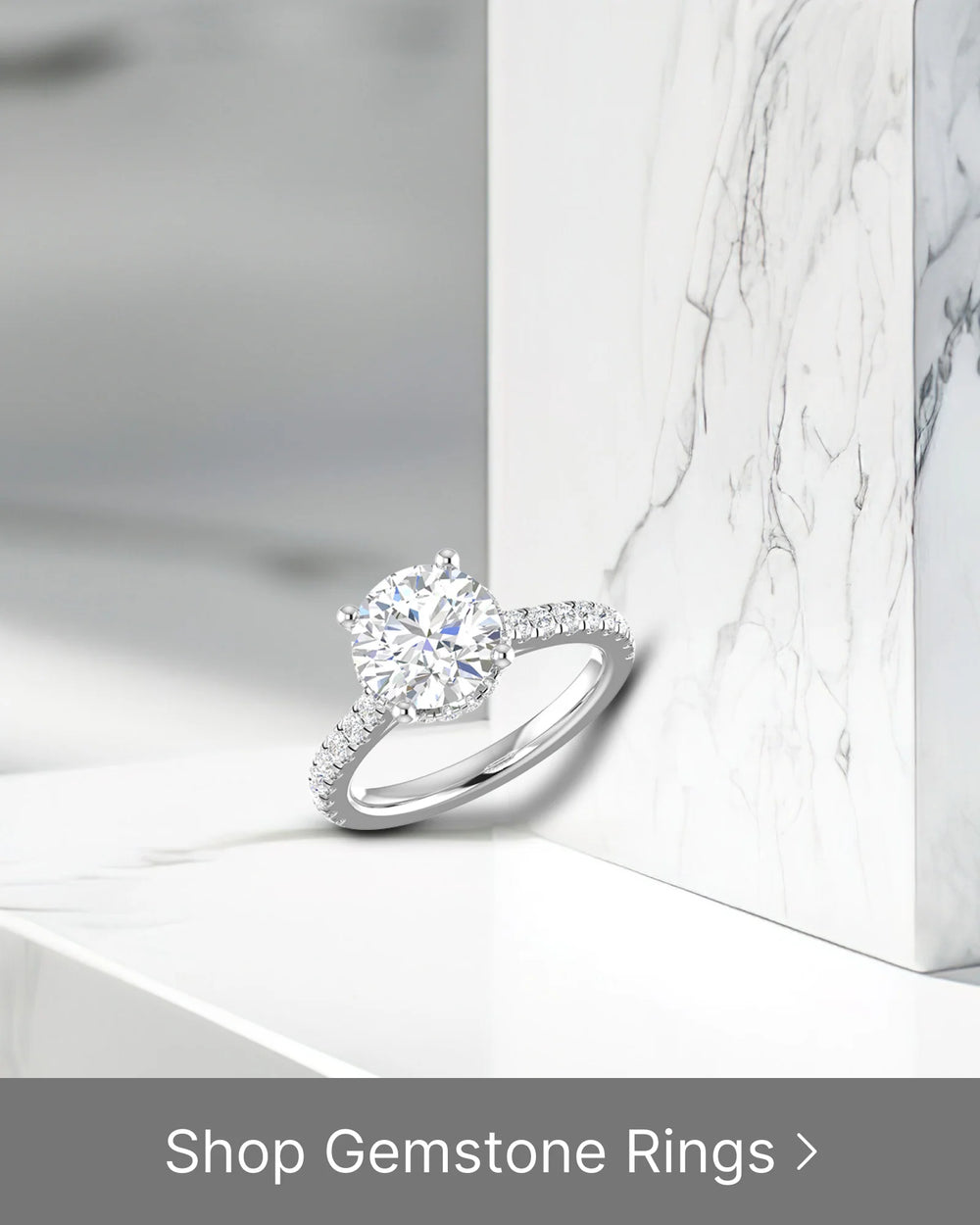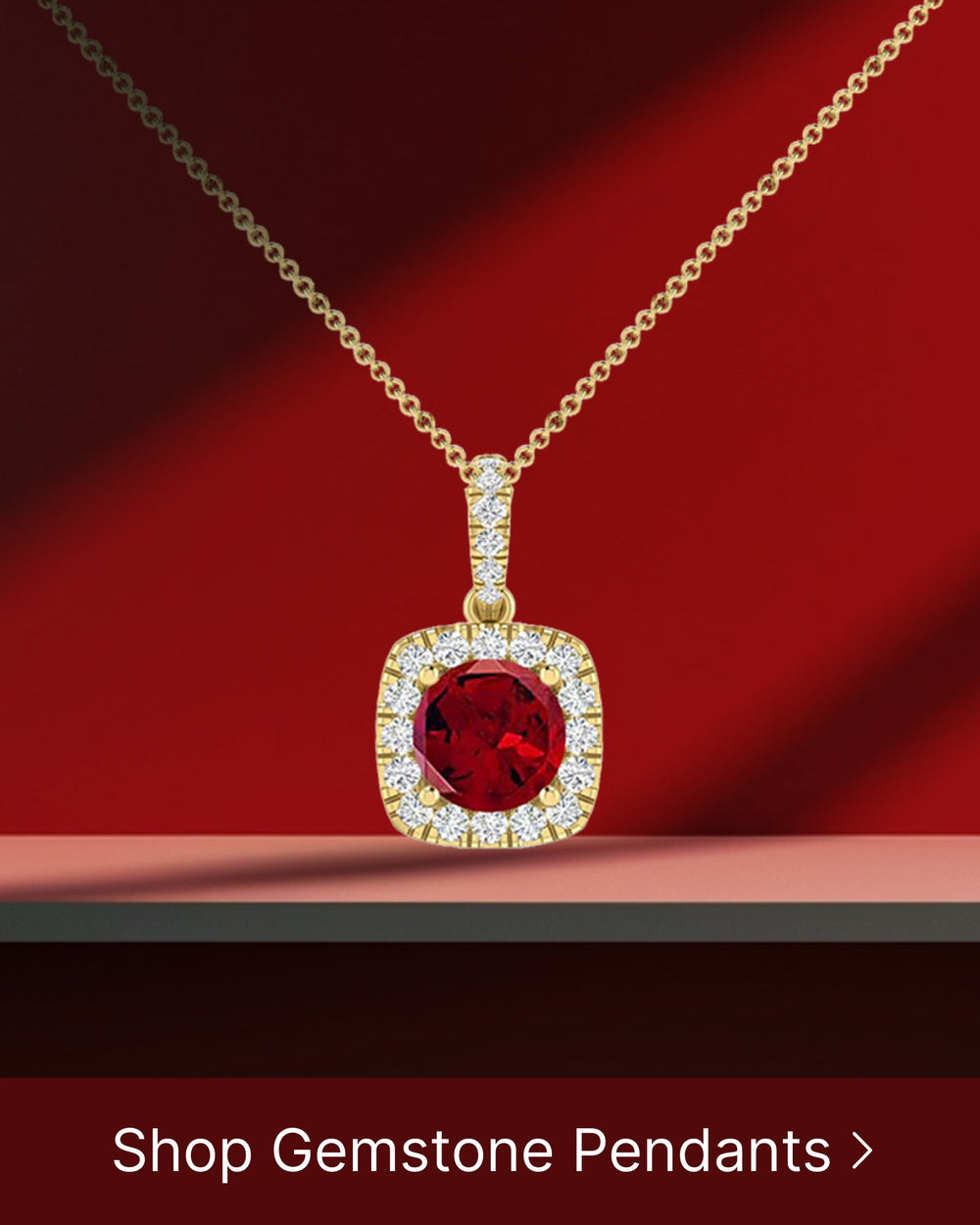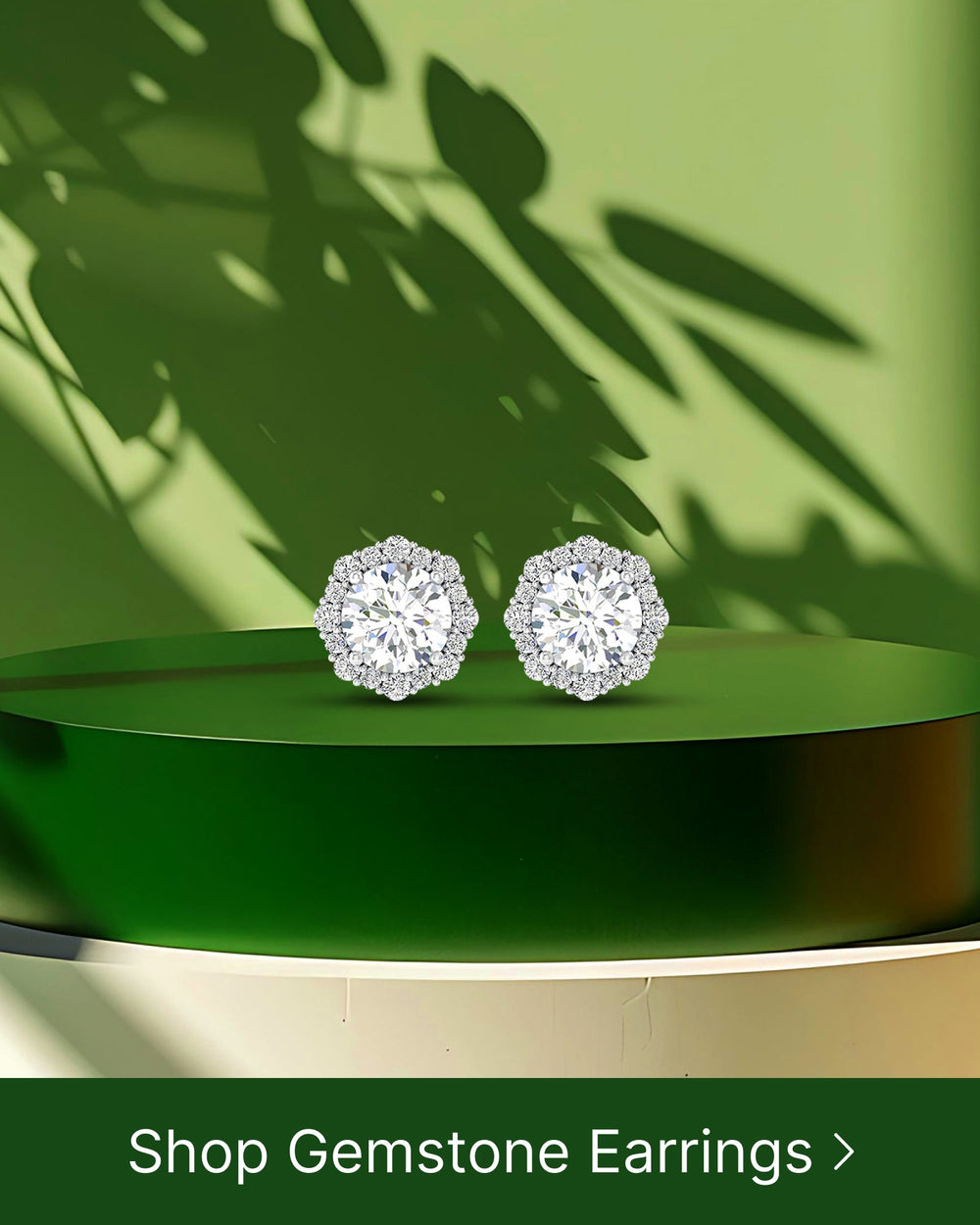Diamonds have captivated human imagination for centuries. Known for their beauty, rarity, and enduring value, diamonds hold a special place in our hearts. In this article, we will delve into ten fascinating fun facts about diamonds that will leave you in awe. From the origin and formation of diamonds to their various colors and their presence in pop culture and history, let's explore the captivating world of diamonds.
The Origin and Formation of Diamonds
Diamonds have a remarkable geological journey that begins deep within the Earth. The process of diamond formation is a complex one, involving intense heat and pressure.
But how exactly do diamonds come into existence? Let's delve deeper into the fascinating world of diamond formation.
The Geological Process Behind Diamond Formation
Millions of years ago, deep within the Earth's mantle, carbon-rich materials experienced extreme temperature and pressure. This environment facilitated the crystallization of carbon atoms, giving birth to diamonds.
Imagine the Earth's mantle as a colossal pressure cooker, where carbon atoms are subjected to unimaginable forces. These forces cause the atoms to arrange themselves in a unique crystal lattice structure, forming the mesmerizing diamond we all know and love.
Over time, geological forces come into play, pushing these precious gemstones closer to the Earth's surface. This journey is not a swift one; it takes millions of years for diamonds to make their way up from the depths of the Earth.
Volcanic activity plays a significant role in the ascent of diamonds. When a volcano erupts, it brings with it a treasure trove of minerals and gemstones, including diamonds. These eruptions act as a natural elevator, propelling diamonds towards the surface.
The Role of Time and Pressure in Creating Diamonds
Time plays a crucial role in diamond formation. It takes billions of years for diamonds to develop their unique structure and brilliance. The slow and steady process of carbon crystallization, combined with the relentless forces of nature, results in the creation of these precious gems.
But what about the pressure? The immense pressure exerted during the formation process is what gives diamonds their extraordinary hardness, making them the hardest natural substance on Earth. It's this incredible durability that has made diamonds highly sought after for centuries, symbolizing strength and everlasting love.
So, the next time you admire a diamond, remember its incredible journey from the depths of the Earth's mantle to its place on your finger. It's a testament to the remarkable forces of nature and the beauty that can be created under extreme conditions.
The Rarity and Value of Diamonds
Diamonds are not only alluring but also incredibly rare. Their scarcity and exquisite beauty contribute to their high value in the market.
When it comes to precious gemstones, diamonds are undoubtedly one of the most coveted and cherished. Their brilliance and timeless elegance have captivated the hearts of countless individuals throughout history. However, what truly sets diamonds apart from other gemstones is their rarity. The journey of a diamond from deep within the Earth's crust to the hands of a fortunate owner is a remarkable tale of nature's wonders.
Formed billions of years ago under intense heat and pressure, diamonds are the result of carbon atoms arranged in a crystal lattice structure. This process occurs deep within the Earth's mantle, where temperatures can reach up to 2,200 degrees Fahrenheit. The formation of diamonds requires specific geological conditions, making their occurrence a truly exceptional event.
Understanding Diamond Grading
Diamonds are evaluated based on the Four Cs: carat weight, color, clarity, and cut. These factors determine a diamond's quality and value. Perfectly colorless and flawless diamonds are exceptionally rare, making them highly sought after by collectors and connoisseurs.
Carat weight refers to the size of a diamond, with larger diamonds being more valuable. However, it is important to note that carat weight alone does not determine a diamond's worth. Color, another crucial factor, ranges from colorless to light yellow or brown. The closer a diamond is to being colorless, the more valuable it becomes.
Clarity, on the other hand, refers to the presence of internal or external flaws, known as inclusions and blemishes, respectively. The fewer imperfections a diamond has, the higher its clarity grade. Finally, the cut of a diamond refers to its proportions, symmetry, and polish. A well-cut diamond reflects light in a way that maximizes its brilliance and fire.
The Economics of Diamond Scarcity
The scarcity of diamonds is not purely a result of natural rarity but also strategic marketing. The diamond industry carefully controls the supply to maintain their value. This scarcity-driven approach has created an aura of desirability around diamonds, making them a prized possession.
Throughout history, diamonds have been associated with wealth, power, and everlasting love. From ancient civilizations to modern times, diamonds have adorned the crowns of kings and queens, symbolized eternal commitment in engagement rings, and dazzled on the red carpet. The allure of diamonds has transcended time and culture, making them a universal symbol of luxury and prestige.
However, it is important to recognize that the value of diamonds extends beyond their monetary worth. Diamonds hold sentimental value, carrying with them the stories and emotions of those who wear them. They become heirlooms, passed down from generation to generation, connecting loved ones across time.
In conclusion, the rarity and value of diamonds are not solely determined by their physical properties but also by the deep-rooted human fascination with these precious gems. From their formation deep within the Earth to their journey into the hands of discerning collectors, diamonds continue to captivate and enchant us with their timeless beauty.
The Various Colors of Diamonds
When it comes to diamonds, most people envision colorless beauty. However, diamonds can actually come in a wide range of captivating colors, each with its own unique story to tell.
Let's delve into the fascinating world of colored diamonds and explore the science behind their mesmerizing hues.
The Science Behind Colored Diamonds
Colored diamonds owe their enchanting colors to impurities or structural defects within their crystal lattice. These imperfections, rather than diminishing their beauty, actually enhance their allure and individuality.
For instance, a yellow diamond derives its vibrant color from the presence of nitrogen impurities. The nitrogen atoms, when incorporated into the diamond's structure, absorb blue light, resulting in a stunning yellow hue.
On the other hand, the captivating blue color of certain diamonds can be attributed to traces of boron. The presence of boron atoms within the crystal lattice causes the diamond to absorb red, yellow, and green light, reflecting a mesmerizing blue hue.
These scientific explanations not only deepen our appreciation for the beauty of colored diamonds but also highlight the intricate processes that occur within the Earth's depths to create such natural wonders.
The Rarest Diamond Colors
While all colored diamonds possess a unique allure, some shades are exceptionally rare and highly coveted by collectors and enthusiasts alike.
At the top of the rarity spectrum are red diamonds, which are incredibly scarce. Their captivating crimson hues are the result of a rare occurrence where the diamond's crystal lattice is distorted during its formation. This distortion causes the diamond to absorb green light, resulting in a breathtaking red color that is truly a sight to behold.
Following closely behind red diamonds in terms of rarity are green diamonds. The green coloration is caused by exposure to natural radiation over millions of years. This natural phenomenon imbues the diamond with a captivating green hue, making it a prized possession for those fortunate enough to acquire one.
Blue diamonds also rank among the rarest of colored diamonds. Their captivating blue hues are the result of the presence of boron impurities, as mentioned earlier. The scarcity of blue diamonds, combined with their mesmerizing color, makes them highly sought after and incredibly valuable.
As we explore the world of colored diamonds, it becomes evident that their beauty extends far beyond the traditional colorless variety. From the scientific intricacies that give rise to their captivating hues to the rarity that makes them highly sought after, colored diamonds continue to captivate and inspire awe.
The Largest Diamonds Ever Discovered
Throughout history, extraordinary diamonds have been unearthed, capturing our imagination with their sheer size and magnificence.
Record-Breaking Diamond Finds
The Cullinan Diamond, discovered in 1905, remains the largest gem-quality diamond ever found. Weighing a staggering 3,106 carats, it was cut into several smaller diamonds, some of which adorn royal crown jewels around the world.
The Stories Behind Famous Large Diamonds
Diamonds like the Hope Diamond and the Koh-i-Noor Diamond have storied histories. Legends and mysteries surround these magnificent gems, adding to their allure and intrigue.
Diamonds in Pop Culture and History
Diamonds have always held cultural significance throughout history, serving as symbols of power, wealth, love, and eternity.
The Role of Diamonds in Ancient Cultures
Ancient civilizations attributed mystical properties to diamonds. They believed diamonds held supernatural powers, providing protection, wisdom, and strength.
Diamonds in Modern Media and Entertainment
Today, diamonds continue to captivate our imagination through their presence in movies, music, and celebrity engagements. From Marilyn Monroe's iconic song "Diamonds Are a Girl's Best Friend" to the timeless elegance of a diamond engagement ring, diamonds have become embedded in modern culture.
These ten fascinating fun facts about diamonds only scratch the surface of the world of diamonds. Exploring their beauty, value, and significance is an ongoing journey that continues to enchant us. Whether admiring their fiery brilliance or appreciating their rich history, diamonds will forever hold a special place in our hearts.





